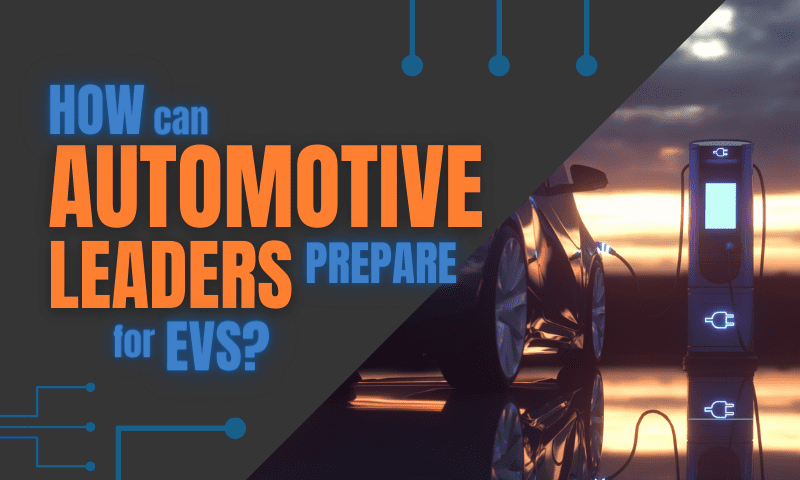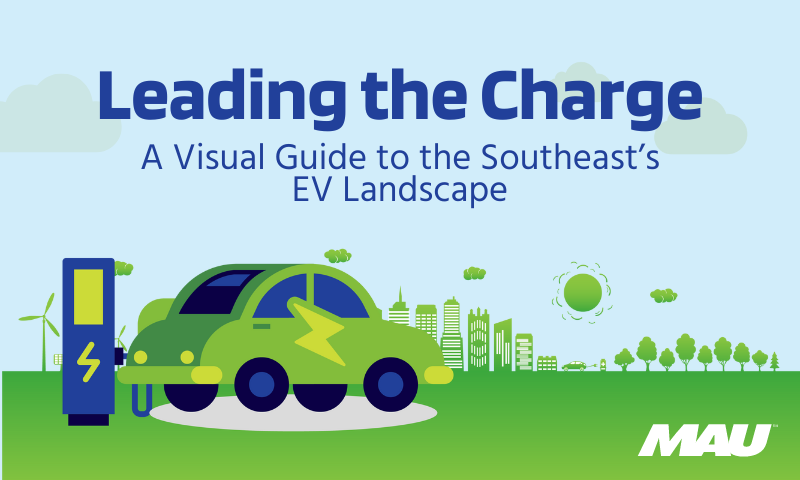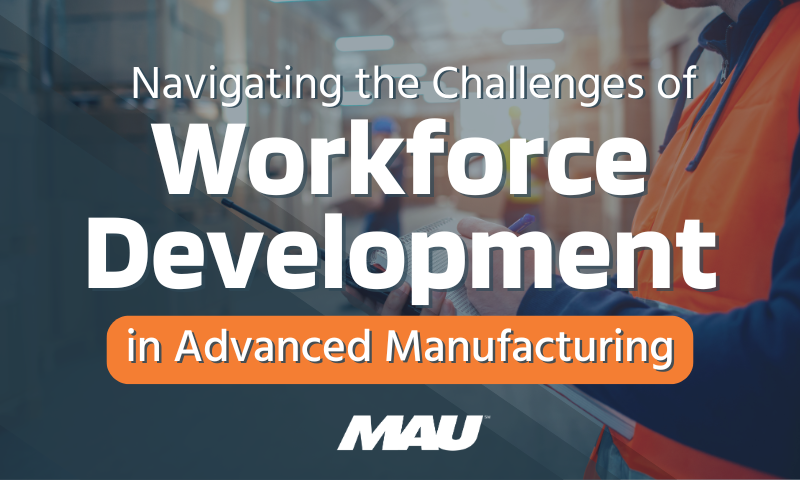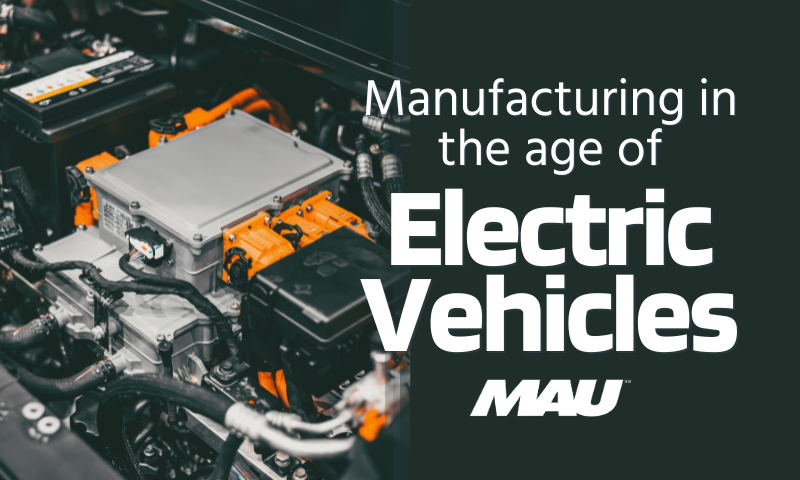The modern Electric Vehicle movement has been rapidly developing, with technological advancements often outpacing the available infrastructure. EVs are disrupting the Automotive Manufacturing industry as a whole, but the Automotive workforce is poised to experience significant hardships and changes.
The first successful Electric car made its debut in 1890; A chemist named William Morrison developed a six-passenger vehicle capable of a top speed of 14 mph. While a modest invention by today’s standards, it sparked a national interest in electric vehicles. By 1900, New York had a fleet of 60 electric taxis, and electric cars accounted for a third of all vehicles on the road. Even Thomas Edison and Henry Ford thought electric vehicles were superior technology until Ford’s much more affordable Model T hit the market.
Electric cars saw a resurgence between the 1970s and 1990s for fairly similar reasons that we’re seeing today: growing gasoline prices, reluctance to rely on foreign oil, and mounting environmental protections. And according to Energy.gov, if all the light-duty vehicles in the U.S. transitioned to hybrids or plug-in electric vehicles using current technology, we could reduce our dependence on foreign oil by 30-60 percent, as well as reduce carbon pollution from the transportation sector by as much as 20 percent.
Electric vehicles are undoubtedly a positive step towards a more modern and eco-friendly future, but with critical infrastructure changes within a primary market comes growing pains and losses. And it’s becoming increasingly clear that the Automotive workforce may be the most seriously impacted by the global shift towards EVs.
How will the Electric Vehicle Movement Impact Automotive Workers?
In conversations about EVs and modernization, one of the most common counterarguments mentioned is the potential negative consequences for blue-collar automotive workers. And it’s true, the expansion of the EV sector does stand to significantly reduce the number of manufacturing jobs available in the automotive field. This is primarily because there are fewer moving parts in electric cars and no engines. Assembly of the required components is highly automated, demanding less maintenance and replacement parts.
According to American Progress, Ford estimates that the streamlined assembly of EVs could result in a 50 percent reduction in capital investments and a 30 percent reduction in labor hours compared to ICE manufacturing. Nearly 150,000 U.S. workers make components for internal combustion powertrains, and almost one million people are employed in auto parts manufacturing. With EVs, a significant number of those jobs should disappear.
Manufacturing workers won’t be the only area of the workforce negatively impacted. The more straightforward design and flexible platforms with EVs require less engineering, product development, and purchasing. And EVs don’t need oil changes or frequent maintenance, which means reduced demand and less revenue for dealerships and auto-body shops. The transition will have a significant impact on suppliers and ancillary industries as well.
Is there an Upside?
The predicted outcome may seem incredibly bleak for those that work in the Automotive industry; however, there’s hope for new, better jobs that could fill in some of the gaps left behind. These new workforce needs may come by way of producing batteries, electric motors, electronics, thermal systems, braking systems, and semiconductors. There are also the many components and materials that will continue to be manufactured for EVs, like glass, steel, tires, seating, and aluminum, which will support hundreds of thousands of jobs.
The demand for software developers, electric battery assemblers, battery engineers, and chemical engineers will soar and open up thousands of opportunities for manufacturing workers to upskill. The shift toward EV technology will also require a massive build out of EV charging infrastructure, which will have a largely positive impact on the workforce.
How can Workforce Leaders Prepare?
The key to surviving this major industry shift is reskilling and investing in the current workforce and attracting employees with the skills that will be desirable in the future. The sooner these initiatives begin, the easier the transition will be over the next decade.
One company that’s already prepping is Volkswagen. They have developed several key strategies to mitigate the negative impact EVs may have on their workforce. These include leaving positions vacant after certain workers retire or leave, and retraining or providing educational opportunities for existing employees as software engineers. This can help bolster the portion of their workforce that will be in high demand over coming years due to this move toward EVs.
Creating stable, well-paid jobs for workers in the United States within the EV ecosystem is essential to minimizing potential consequences and maximizing benefits. Manufacturers need to be retraining the workers of today for the jobs of tomorrow, and companies that read the writing on the wall are much more likely to find success during the shift towards an electric world.
For more information about the future of the Automotive Workforce and Supply Chain, check out this White Paper that explores the major issues the automotive industry is experiencing, and what can be done to mitigate its effects.
{{cta(‘479ca36b-47cc-4a9b-a2fb-d838e48c5cf5’)}}




